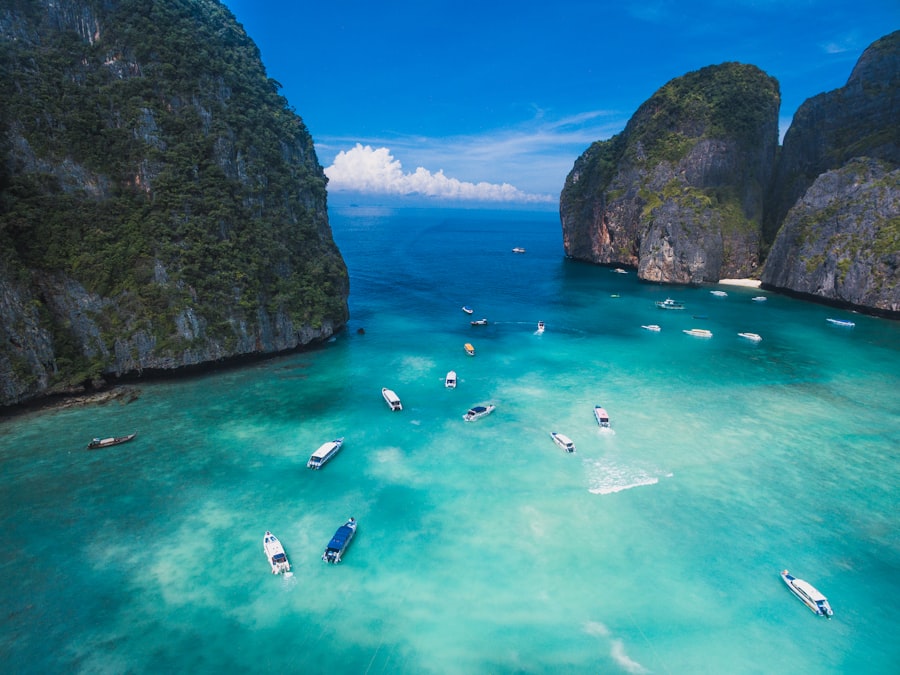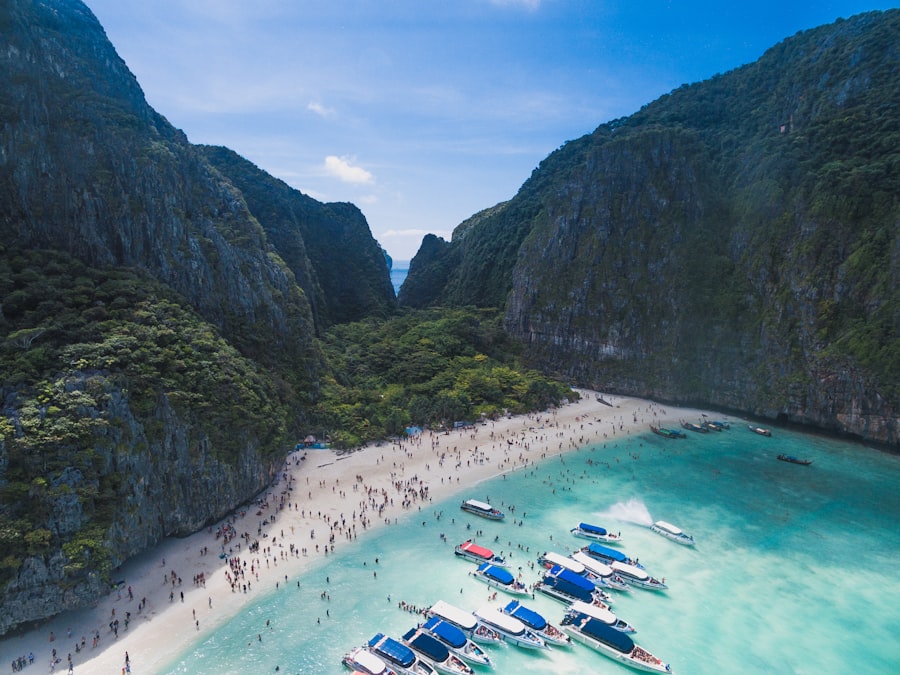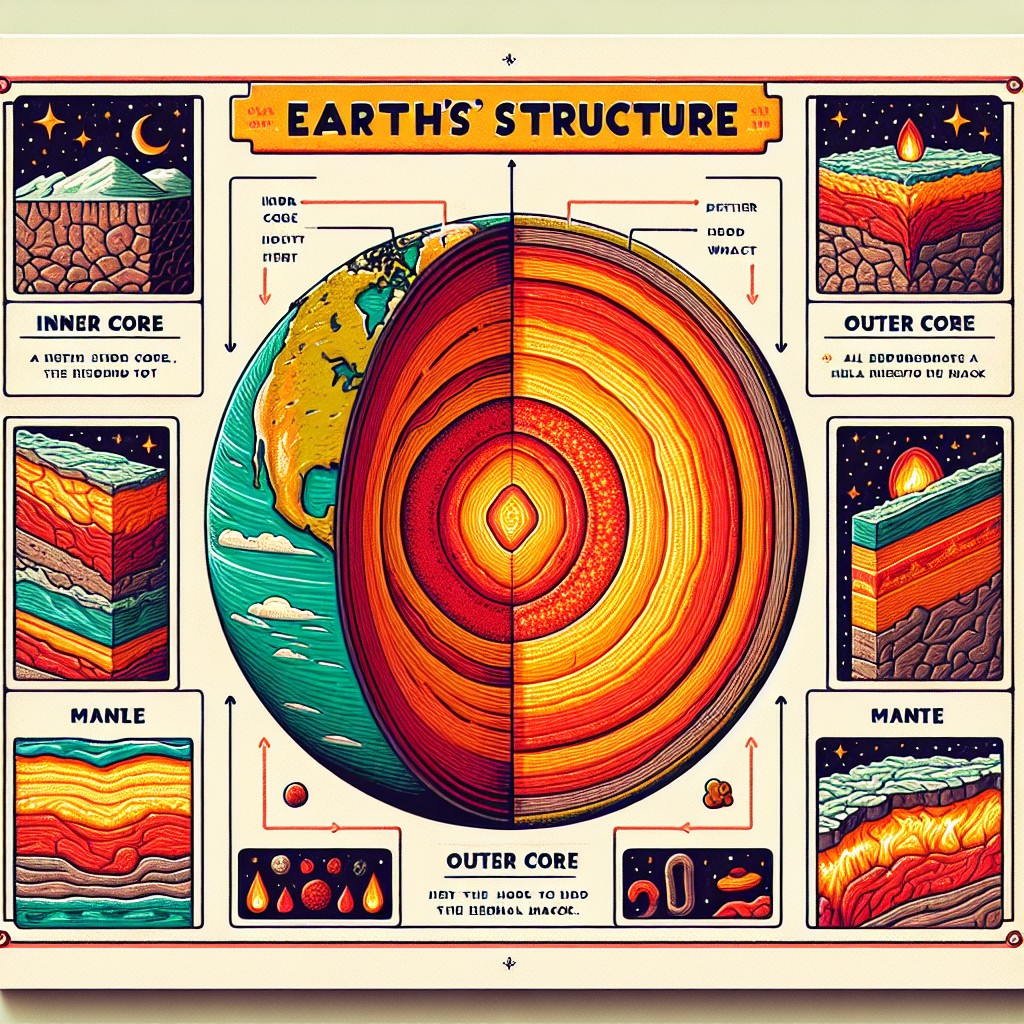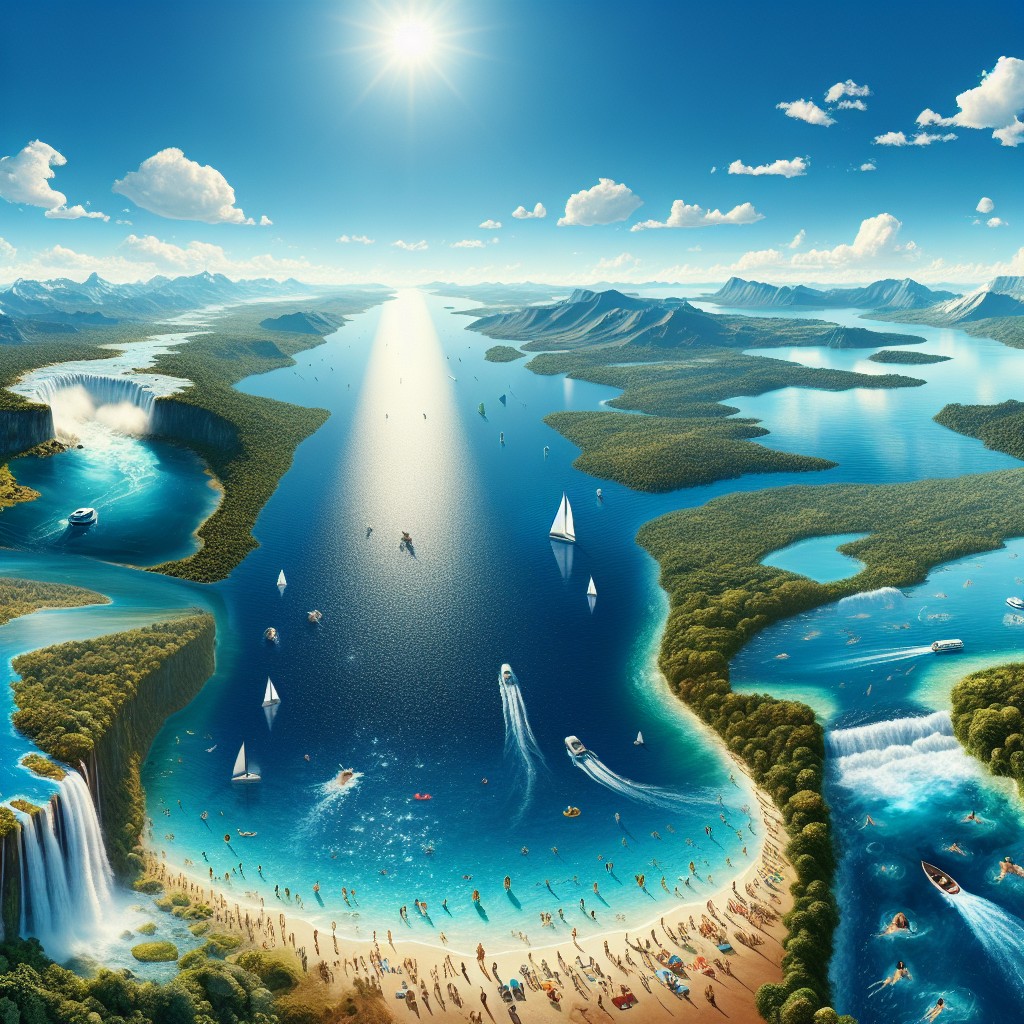The Sea of Galilee, known in Hebrew as Lake Kinneret, is a freshwater lake located in northern Israel. It is the largest freshwater lake in the country and holds a prominent place in both the geographical and cultural landscape of the region. Nestled between the Golan Heights to the east and the Galilee mountains to the west, the lake spans approximately 21 kilometres in length and 13 kilometres in width, with a maximum depth of around 43 metres.
Its significance extends beyond mere geography; it is a site steeped in history, spirituality, and natural beauty. The Sea of Galilee has been a focal point for various civilisations throughout history, serving as a vital resource for agriculture, trade, and transportation. Its waters are fed by the Jordan River, which flows from the north and exits to the south, creating a dynamic ecosystem that supports diverse flora and fauna.
The lake’s serene beauty and historical richness attract visitors from around the globe, making it a key destination for both pilgrims and tourists alike. As we delve deeper into its geography, history, and cultural significance, we uncover layers of meaning that contribute to the Sea of Galilee’s enduring legacy.
Summary
- The Sea of Galilee, also known as Lake Tiberias, is a freshwater lake in Israel and the lowest freshwater lake on Earth.
- The Sea of Galilee is surrounded by hills and mountains, with the Jordan River flowing through it and the Golan Heights to the east.
- The Sea of Galilee has been a site of historical significance, with many ancient cities and archaeological sites surrounding its shores.
- The Sea of Galilee holds religious significance for Christians, as it is the setting for many events in the New Testament, including the miracles of Jesus.
- Tourism and recreational activities at the Sea of Galilee include boat rides, fishing, and visiting historical and religious sites.
Geography and topography of the Sea of Galilee
The Diverse Topography
The surrounding hills and mountains create a microclimate that can lead to sudden weather changes, often resulting in dramatic storms that have been documented throughout history. The topography around the Sea of Galilee is diverse, with steep cliffs and rolling hills that provide stunning vistas. The Golan Heights to the east rise sharply, offering panoramic views of the lake and its surroundings.
The Ecological Balance
The western shore is dotted with ancient towns and archaeological sites, while the northern region is home to lush agricultural land that benefits from the lake’s irrigation. The combination of these geographical features not only enhances the natural beauty of the area but also plays a crucial role in its ecological balance, supporting various species of fish and birds that thrive in this unique environment.
Historical significance of the Sea of Galilee

The historical importance of the Sea of Galilee cannot be overstated. It has been inhabited for thousands of years, with archaeological evidence suggesting that settlements around its shores date back to prehistoric times. The lake served as a critical resource for ancient civilisations, including the Israelites, who relied on its waters for fishing and agriculture.
Numerous biblical events are said to have taken place in this region, making it a focal point for both Jewish and Christian histories. One of the most notable historical events associated with the Sea of Galilee is Jesus Christ’s ministry. The New Testament recounts several miracles performed by Jesus in this area, including walking on water and calming a storm.
These narratives have not only shaped religious beliefs but have also influenced art, literature, and culture throughout centuries. The towns of Capernaum and Tiberias, located along its shores, are rich in archaeological sites that provide insight into life during biblical times. The historical tapestry woven around the Sea of Galilee continues to attract scholars and enthusiasts eager to explore its past.
Religious significance of the Sea of Galilee
The Sea of Galilee holds profound religious significance for both Judaism and Christianity. For Jews, it is a symbol of their ancestral heritage, with references to the lake found in various texts throughout the Hebrew Bible. The region is associated with key figures such as King David and various prophets who traversed its shores.
The lake’s waters are often seen as a source of life and sustenance, reflecting themes of renewal and divine providence. For Christians, the Sea of Galilee is a sacred site where many pivotal events in Jesus’ life occurred. Pilgrims flock to locations such as the Mount of Beatitudes, where Jesus delivered the Sermon on the Mount, and Tabgha, believed to be the site of the miracle of the loaves and fishes.
These sites are not only places of worship but also serve as reminders of faith and devotion for millions around the world. The spiritual atmosphere surrounding the lake is palpable, drawing visitors who seek both reflection and connection to their faith.
Tourism and recreational activities at the Sea of Galilee
Tourism at the Sea of Galilee has flourished over recent decades, transforming it into a vibrant hub for visitors seeking both relaxation and adventure. The picturesque landscape offers numerous recreational activities that cater to a wide range of interests. Water sports such as kayaking, paddleboarding, and sailing are popular among tourists eager to experience the lake’s tranquil waters firsthand.
Fishing remains a traditional activity here, with anglers hoping to catch species such as tilapia and catfish that inhabit these waters. In addition to water-based activities, visitors can explore hiking trails that wind through the surrounding hills, providing breathtaking views of the lake below. The area is rich in biodiversity, making it an ideal location for birdwatching enthusiasts who come to observe migratory species that frequent the region.
Cultural experiences abound as well; local markets offer traditional foods and crafts that reflect the rich heritage of the area. The combination of natural beauty and cultural richness makes tourism at the Sea of Galilee an enriching experience for all who visit.
Environmental concerns and conservation efforts at the Sea of Galilee

Despite its beauty and significance, the Sea of Galilee faces several environmental challenges that threaten its delicate ecosystem. Over-extraction of water for agricultural purposes has led to declining water levels in recent years, raising concerns about sustainability. Pollution from nearby urban areas and agricultural runoff has also impacted water quality, posing risks to both aquatic life and human health.
In response to these challenges, various conservation efforts have been initiated to protect this vital resource. Local authorities and environmental organisations are working together to implement sustainable water management practices aimed at preserving water levels while ensuring agricultural needs are met. Initiatives such as reforestation projects along riverbanks aim to reduce erosion and improve water quality by filtering pollutants before they enter the lake.
Public awareness campaigns are also crucial in educating residents and visitors about responsible practices that can help safeguard this precious ecosystem for future generations.
Economy and livelihoods around the Sea of Galilee
The economy surrounding the Sea of Galilee is multifaceted, with agriculture playing a significant role in sustaining local livelihoods. The fertile lands adjacent to the lake benefit from its irrigation capabilities, allowing farmers to cultivate a variety of crops such as bananas, avocados, and citrus fruits. Fishing remains an integral part of local culture; many families have relied on fishing as their primary source of income for generations.
The lake’s fishery not only supports local markets but also contributes to regional cuisine. Tourism has emerged as another vital economic driver for communities around the Sea of Galilee. As more visitors flock to experience its natural beauty and historical significance, local businesses have flourished.
Hotels, restaurants, and tour operators cater to tourists seeking both comfort and adventure. This influx of visitors has created job opportunities for residents while fostering cultural exchange between locals and tourists. However, balancing economic growth with environmental sustainability remains a challenge that local authorities must navigate carefully.
The future of the Sea of Galilee
Looking ahead, the future of the Sea of Galilee hinges on effective management strategies that prioritise both ecological health and economic viability. As pressures from tourism, agriculture, and urban development continue to mount, it is imperative that stakeholders collaborate to implement sustainable practices that protect this invaluable resource. Engaging local communities in conservation efforts will be essential in fostering a sense of stewardship towards the lake.
Moreover, ongoing research into water management techniques will be crucial in addressing issues related to declining water levels and pollution. By investing in innovative solutions that balance human needs with environmental preservation, there is hope for a sustainable future for the Sea of Galilee. As both a historical landmark and a natural treasure, it remains vital that we safeguard this unique ecosystem for generations to come while honouring its rich cultural heritage.
FAQs
What is the Sea of Galilee?
The Sea of Galilee, also known as Lake Tiberias, is a freshwater lake in Israel. It is the lowest freshwater lake on Earth and the second-lowest lake in the world, after the Dead Sea.
How big is the Sea of Galilee?
The Sea of Galilee is approximately 13 miles long and 8 miles wide, with a total area of about 64 square miles. Its maximum depth is approximately 141 feet.
What is the significance of the Sea of Galilee?
The Sea of Galilee is of great historical and religious significance. It is mentioned numerous times in the Bible and is the setting for many of the stories and miracles attributed to Jesus Christ.
What is the climate like around the Sea of Galilee?
The climate around the Sea of Galilee is typically warm and dry, with hot summers and mild winters. The area receives most of its rainfall between November and April.
What activities can be done at the Sea of Galilee?
The Sea of Galilee is a popular tourist destination and offers a variety of activities such as swimming, fishing, boating, and hiking. The surrounding area also has several historical and religious sites to visit.


